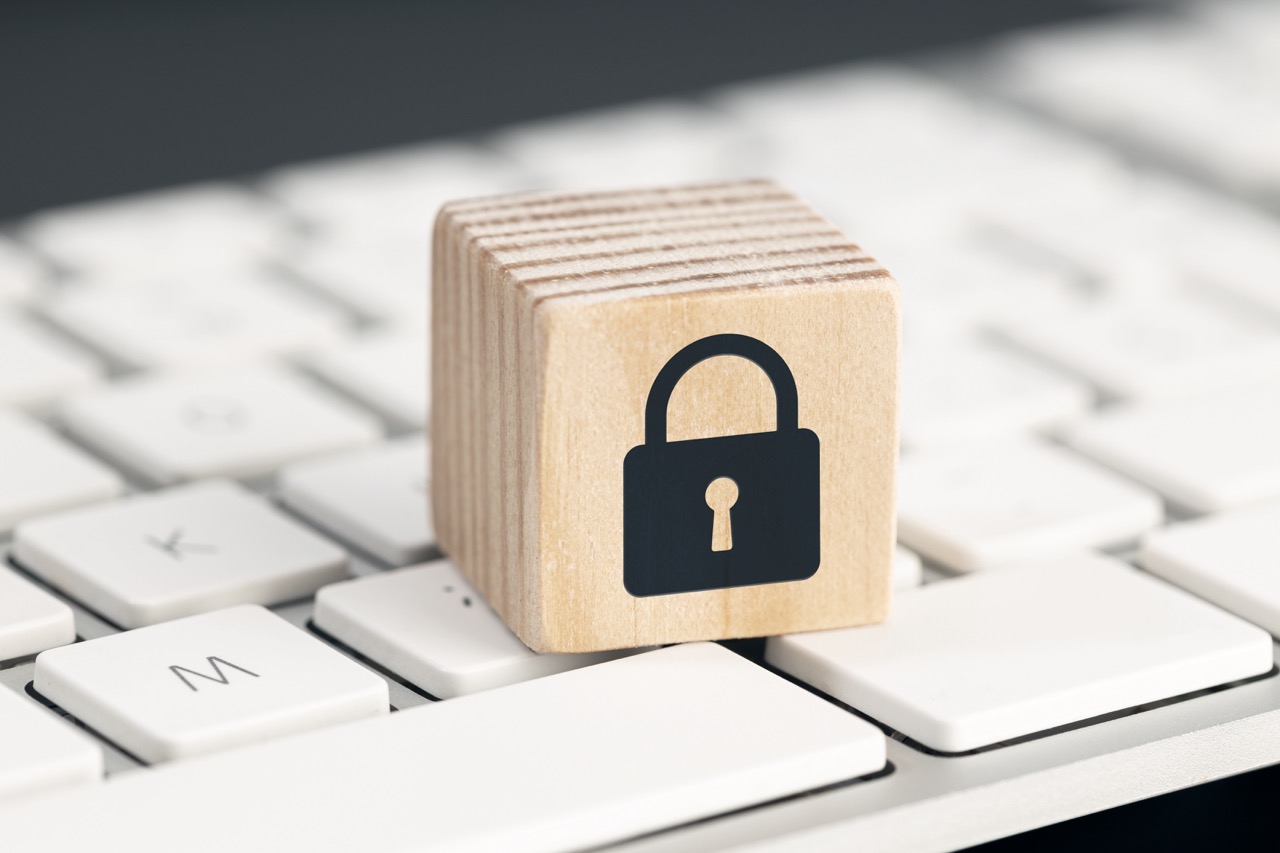In an era where smart home technology is becoming increasingly prevalent, the integration of Internet of Things (IoT) devices brings unprecedented convenience and efficiency. However, this convenience comes with a significant risk to privacy and security as these devices often communicate over the internet and can be targeted by cyberattacks. Virtual Private Networks (VPNs) emerge as a vital component in strengthening the security framework of smart homes, ensuring that data transmitted between devices remains encrypted and private. This article delves into the relationship between VPNs and IoT devices, outlining how they can work in tandem to create a more secure smart home environment.
Understanding VPNs: A Key Component of Smart Home Security
A Virtual Private Network (VPN) serves as a secure tunnel that encrypts your internet connection, preventing unauthorized access to your data. By routing your internet traffic through a remote server, a VPN masks your IP address and obscures your online activities from potential eavesdroppers. For smart home users, this feature is crucial as it safeguards sensitive data that IoT devices often transmit, such as personal information, usage patterns, and even video feeds from security cameras.
Furthermore, a VPN can protect against Man-in-the-Middle (MitM) attacks, where cybercriminals intercept communication between devices. Many IoT devices are designed with minimal security protocols, making them easy targets for attackers. By utilizing a VPN, users can add an extra layer of security, ensuring that any data exchanged between their devices and the internet is encrypted and not easily accessible to malicious actors.
In addition, VPNs can provide users with the ability to change their virtual location, which can be particularly useful for accessing region-locked content or services. This functionality, while primarily a benefit for media consumption, can also be leveraged by smart home users to conceal their actual physical location, further enhancing privacy in a world where location tracking is increasingly common.
The Role of IoT Devices in Modern Home Automation
IoT devices represent a significant leap forward in home automation, offering features that allow users to control lighting, heating, security systems, and appliances remotely. These devices can learn user preferences and adapt accordingly, creating an efficient and user-friendly environment. The convenience of IoT technology is evident, as it allows for seamless integration and control through centralized platforms such as smartphones or smart assistants.
Moreover, the data collected by IoT devices can help homeowners make informed decisions about energy usage, security, and lifestyle choices. For instance, smart thermostats can analyze historical data to optimize heating and cooling schedules, contributing to energy conservation and cost savings. This data-centric approach enhances the overall functionality of modern homes, positioning IoT devices as indispensable tools in daily life.
However, the interconnected nature of IoT devices raises concerns regarding data privacy and vulnerability to external threats. As these devices often communicate with cloud services and other devices, ensuring the security of their communications becomes paramount. This interconnectivity necessitates robust security measures to protect sensitive information and maintain the integrity of smart home ecosystems.
Common Vulnerabilities in IoT Devices and Their Risks
Despite their advantages, IoT devices are often criticized for their security shortcomings. A significant number of these devices are shipped with weak default passwords, lack of firmware updates, and insufficient encryption protocols, making them susceptible to hacking. These vulnerabilities can lead to unauthorized access to home networks, where attackers can control devices, steal personal information, or even invade the privacy of homeowners through surveillance functionalities.
Additionally, many IoT devices lack robust security features and are designed with minimal consideration for cybersecurity, resulting in a landscape ripe for exploitation. For example, compromised smart cameras can be used to surveil individuals in their own homes, while unsecured smart locks can allow intruders to gain physical access to properties. The potential for widespread disruption increases as more devices are added to the network, creating a complex web of vulnerabilities that attackers can exploit.
The risks associated with these vulnerabilities extend beyond individual privacy concerns; they can also lead to larger-scale attacks. The infamous Mirai botnet attack demonstrated how compromised IoT devices can be harnessed to launch Distributed Denial of Service (DDoS) attacks, resulting in widespread service outages. This scenario underscores the urgent need for implementing robust security measures, such as VPNs, to mitigate these risks effectively.
How VPNs Enhance Privacy for IoT Device Communications
VPNs significantly enhance the privacy of communications between IoT devices by encrypting the data transmitted over the internet. This encryption means that even if data packets are intercepted, they are rendered unreadable without the correct decryption key. As IoT devices often send sensitive information, such as security camera footage or health data from wearable devices, utilizing a VPN ensures that this data remains confidential and secure from prying eyes.
Moreover, VPNs can provide users with anonymity by masking their IP addresses. This is particularly important for IoT devices that require constant internet connectivity and may expose the home network to external threats. By concealing the actual IP address associated with the network, VPNs make it more difficult for attackers to target specific devices or exploit known vulnerabilities.
Additionally, employing a VPN can help circumvent restrictions placed on certain IoT devices by internet service providers (ISPs) or local networks. For example, if a user installs a smart home security system that is geographically restricted, a VPN can be used to connect to a server in a permissible location, allowing access to the device without compromising security measures. This versatility is crucial in maximizing the functionality of IoT devices while maintaining a secure environment.
Best Practices for Implementing VPNs with IoT Devices
To maximize the benefits of VPNs in securing IoT devices, users should begin by selecting a reputable VPN provider that prioritizes strong encryption standards and offers robust security protocols. It is essential to verify that the chosen VPN service supports the specific IoT devices in use, as compatibility can vary significantly. Additionally, users should consider factors such as connection speed and server locations to ensure that the VPN does not hinder the performance of their smart home systems.
Regularly updating the firmware of both IoT devices and the VPN application is another best practice to maintain security. Manufacturers often release updates that patch known vulnerabilities, and keeping devices up to date minimizes the risk of exploitation. Users should also change default passwords to strong, unique credentials for each device, further safeguarding their smart home from unauthorized access.
Lastly, segmenting IoT devices from other critical devices within the home network can bolster security. By creating a separate network for IoT devices and routing it through a VPN, users can isolate potential vulnerabilities, making it more challenging for attackers to gain access to sensitive information or critical systems. This layered security approach is crucial in creating a safe and secure smart home environment.
Future Trends: VPN Technologies and IoT Security Solutions
As the IoT landscape continues to evolve, VPN technologies are also expected to advance, adapting to the growing security challenges associated with interconnected devices. One emerging trend is the integration of VPNs into IoT devices themselves, allowing for native security features without relying on external applications. This change will simplify the user experience while enhancing the security measures that protect sensitive data.
Another trend gaining traction is the development of lightweight VPN protocols specifically designed for IoT devices, which often operate with limited processing power and bandwidth. Protocols such as WireGuard are gaining popularity for their efficiency, offering strong encryption without overwhelming device resources. This shift signifies a move towards scalable solutions that maintain performance while ensuring robust security for IoT ecosystems.
Finally, the implementation of artificial intelligence (AI) and machine learning (ML) in VPN technologies may create smarter security systems capable of identifying and mitigating threats in real time. By analyzing patterns in network traffic and identifying anomalies, AI-driven VPNs could provide an additional layer of protection for IoT devices, ensuring that smart homes remain secure as technology continues to advance.
In conclusion, the integration of VPNs with IoT devices is crucial for establishing a secure smart home environment in an age characterized by increasing connectivity and sophistication in cyber threats. While IoT devices offer convenience and efficiency, they also introduce vulnerabilities that could compromise user privacy and security. By understanding the benefits of VPN technology and following best practices for implementation, users can significantly enhance the protection of their smart homes. As both IoT technology and VPN solutions continue to evolve, staying informed about emerging trends will be essential for maintaining a robust security posture in an increasingly interconnected world.










